Supply chain characterizing is about a vast transportation network of connections and strong relationships. These are the two elements that every supply chain manager needs to take care of. Modern supply chains are management-based on TMS systems, which are solutions that help them grow more sustainably.
Taking into mind that all markets for road-based logistics are on the fast way to grow, where estimations from McKinsey say revenues are expected to grow from EUR 920 to 1,470 billion in the next ten years — which translates to an increase of almost 60% — there is a precise forecast of where we are going. To become more competitive, your supply chains should be better managed. So, even if you're a small or medium-sized business with five trucks running a small distribution center, you must shift your overall approach.
Another upcoming nuance that should be considered and definitely doesn't exclude smaller businesses and medium-sized businesses is Light Commercial Vehicles (LCVs), which will be much more focused in 2025 than ever before. McKinsey also estimated that the global revenue pool for LCVs will grow by about 45 percent, from EUR 130 billion in 2015 to EUR 180 to 200 billion in 2025.
These variables tell us that supply chains will require excellent transport management and cannot be made efficient without a transportation management system (TMS). In this article, we'll look further into 2025 and better supply chain management with a TMS system, considering the market growth of LCVs and road transportation. So, let's see what bout the TMS system is for the supply chain and why you need it now more than ever.
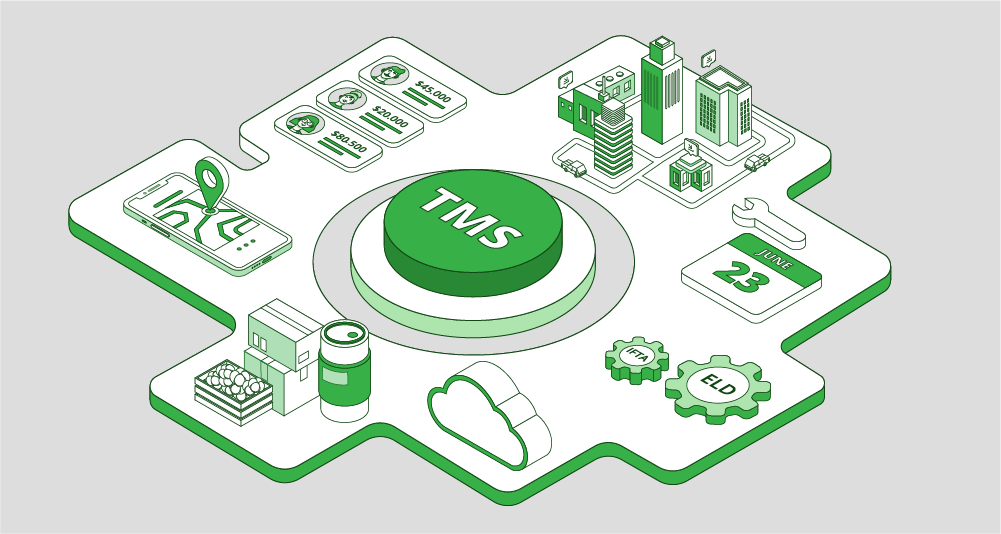
What is it, and why do you need TMS in the supply chain
The transportation management system is a dedicated software solution for supply chain management designed to optimize transport planning, operational execution, and the physical movement of goods. Simply put, it helps businesses manage various aspects of transportation. Fleet operators, freight forwarders, and logistics companies can use it.
This transportation management system (TMS) system is dedicated to the trucking industry and is needed more than ever by logistics and supply chain companies because consumer demands are becoming more sophisticated. We all see increasing required service levels for logistics operations, where the particular customer, B2C, is as essential as B2B.
Before we extend this thought about requirements and demand changes for 2025, we'll outline the main components of the TMS system and how it matches supply chain operations.
Here are several areas where TMS serves as a remedy for the supply chain:
Carrier selection
The TMS system helps with excellent carrier management. To cope with supply chain complexity, you need a high-level solution supporting every inch of your operations. TMS can help you administrate a wide range of carriers, where procurement is easy. Here are some of the features of that module:
Rate negotiation. A transportation management system allows you to leverage data on the volume of shipments and historical data to negotiate favorable rates with carriers.
Carrier performance monitoring. You can track carrier performance metrics, such as on-time delivery and damage rates, to help identify reliable partners.
Carrier network management. You can quickly build and maintain a network of reliable carriers to ensure service continuity.
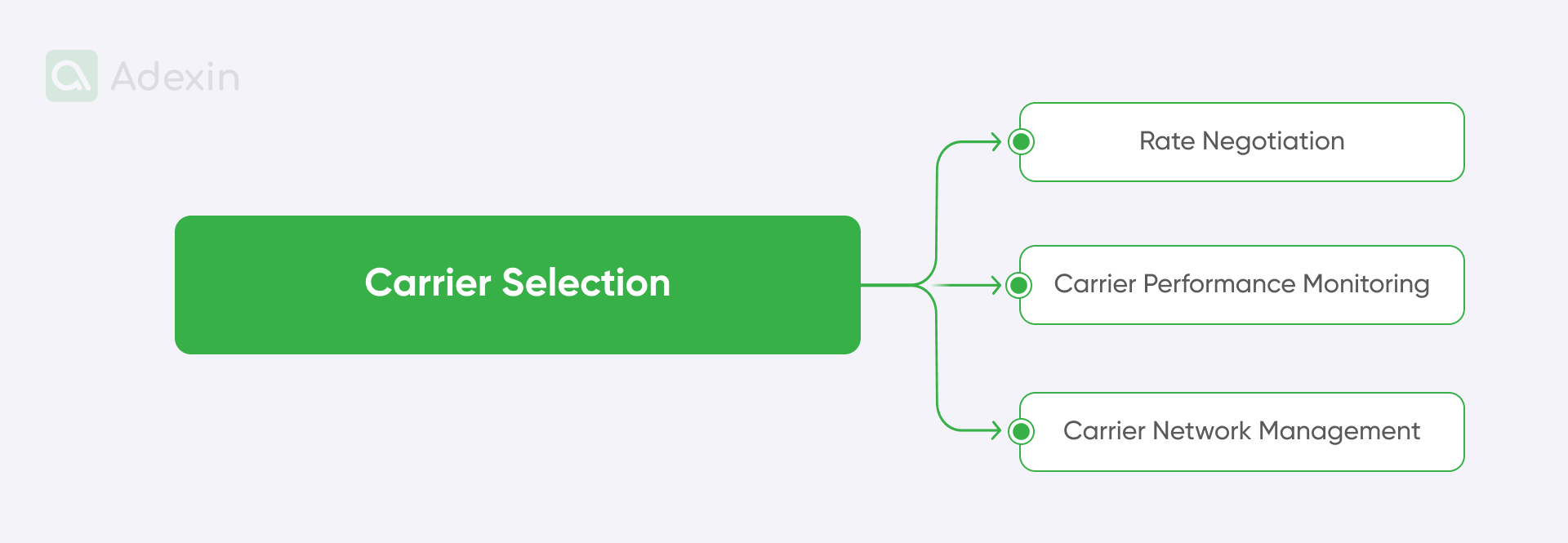
Route optimization
Nothing is more critical for the supply chain than finding the best and most cost-efficient ways of delivery at the shortest distances. Because less traffic and shorter distances on the way facilitate your delivery performance, you need it on time, and that's the way you do it with the TMS system:
Multi-stop routing. The system allows you to optimize routes for multiple stops to minimize distance and travel time. It's crucial to maintain your shipments based on customer needs and get greater customer satisfaction.
Real-time route adjustments. Your operations can adapt routes to account for traffic conditions, road closures, and other unforeseen circumstances. Integrating maps and updating them in real-time has become much easier now.
Dynamic routing. Again, using real-time data to optimize routes can improve delivery efficiency. This means that you can really get automated suggestions from the transportation management system on the road and where to navigate your trucks.
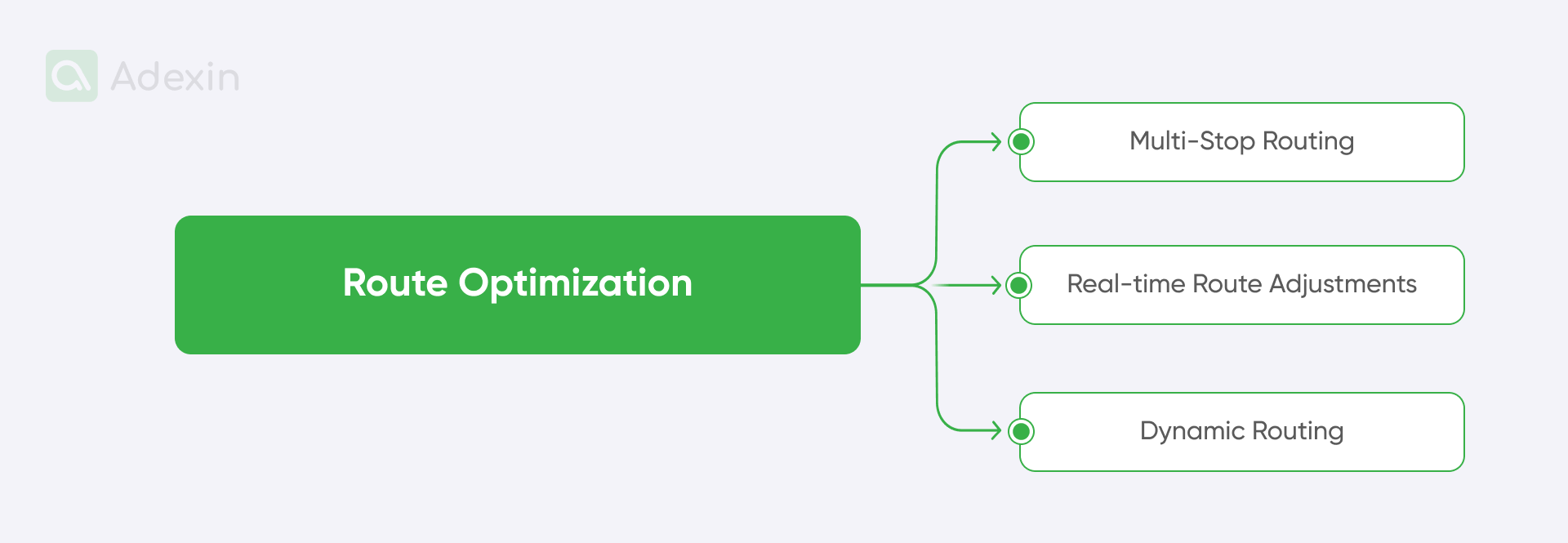
Load planning
You must know its capabilities when you need to fit your consignment into a shipping container. Whether it will be a 40- or 20-foot container, it is always better to assess if you can handle it within less or more. So, the TMS system will help you select the right way of transport and the assets you need to get your delivery done. TMS can help with the following operations:
Load сonsolidation. With the TMS system, you can combine multiple shipments into a single load to avoid unnecessary expenses. This is quite important because otherwise, you may end up shipping half an empty truck (which I don't believe will happen, but it might), or, more probably, you can ship half a pallet that could be stacked and consolidated system-wise, which would ship it as two shipments for the single customer. The TMS system can also integrate with warehouse management system and various systems for logistics services.
Load cube optimization. The transportation management system maximizes the utilization of available load space to minimize empty miles. Cubic meters (CBM) are the factor for handling shipments when you book them with external carriers. You pay for CBMs and distance per km or mile, not excluding fuel fees.
Weight and balance optimization. TMS can help you maintain proper weight distribution within the load to comply with safety regulations and prevent damage. It is even more critical when handling high-value, high-risk transport of dangerous goods (DGR).
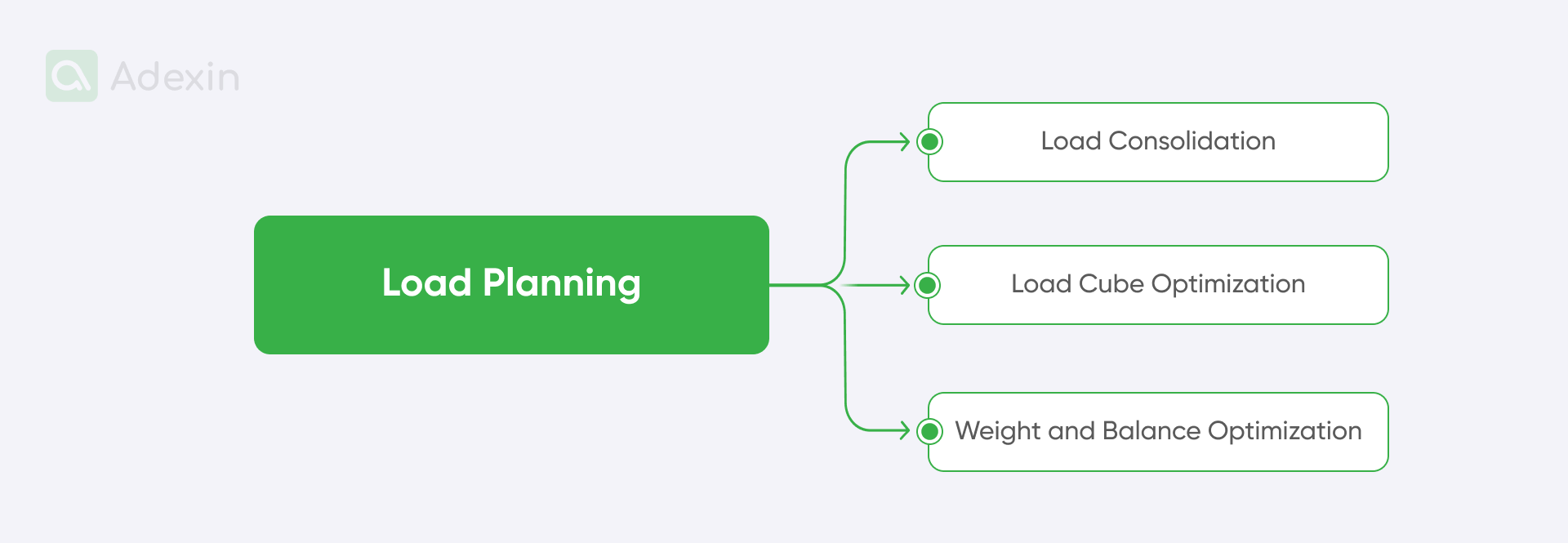
Shipment tracking
With shipment tracking, a transportation management system is essential to ensure your customer's goods are on time. Timely delivery is essential as many manufacturers depend on RAW materials to keep their business running. This complexity is so broad that no one can deny that time-delivery isn't a factor no #1. But with tracking shipment, you can see where it moves and much more on every little step of its journey. So, features in close leans look like this:
Real-time visibility. TMS can provide real-time updates on shipment status, location, and estimated arrival time. So, you get an estimated delivery time (ETA) within inbound logistics with an accuracy of around one hour.
Proactive alerts. TMS can send automated alerts for delays, exceptions, or potential issues. So, you keep your supply chain transparent. Of course, you choose who knows what and who can be informed about delays.
Proof of delivery. Shippers in the TMS software system must consider the possibility of capturing electronic proof of delivery (POD) to ensure key benefits such as accurate delivery confirmation.
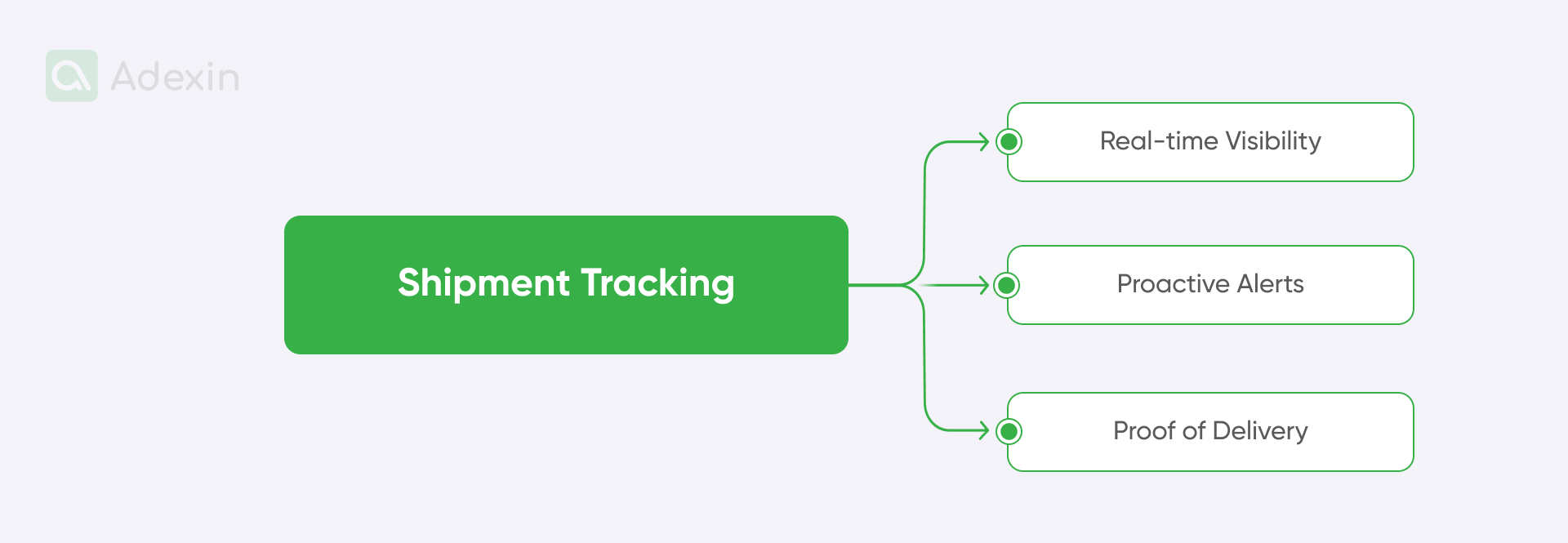
Documentation and compliance
Document management system within transport management is about moving all paper-printed forms, templates, shipping docs, and PODs into digital. So, all the supply chain documents can now be available online as transferred to digital form with OCR, scanning, etc. Small things embedded into the TMS system might make a significant difference. See some other features that can enhance your supply chain:
Automated document generation. Your TMS system will automate the creation of shipping documents, freight billing, customs forms, and other paperwork. It's incredible how your supply chain can become faster and more seamless at every touchpoint. No more paper print docs anymore.
Customs clearance management. Modern TMS streamlines customs clearance processes to minimize delays and get you better cost savings. It is more suitable than any other system for integrating with the customs office. Documentation flow and approvals can be completed within minutes.
Regulatory compliance. The transportation management system also ensures compliance with local, national, and international regulations. Within the TMS interface, you may get information about hazardous materials regulations and customs regulations. This is very helpful and can really ensure that your personnel will make no mistakes.
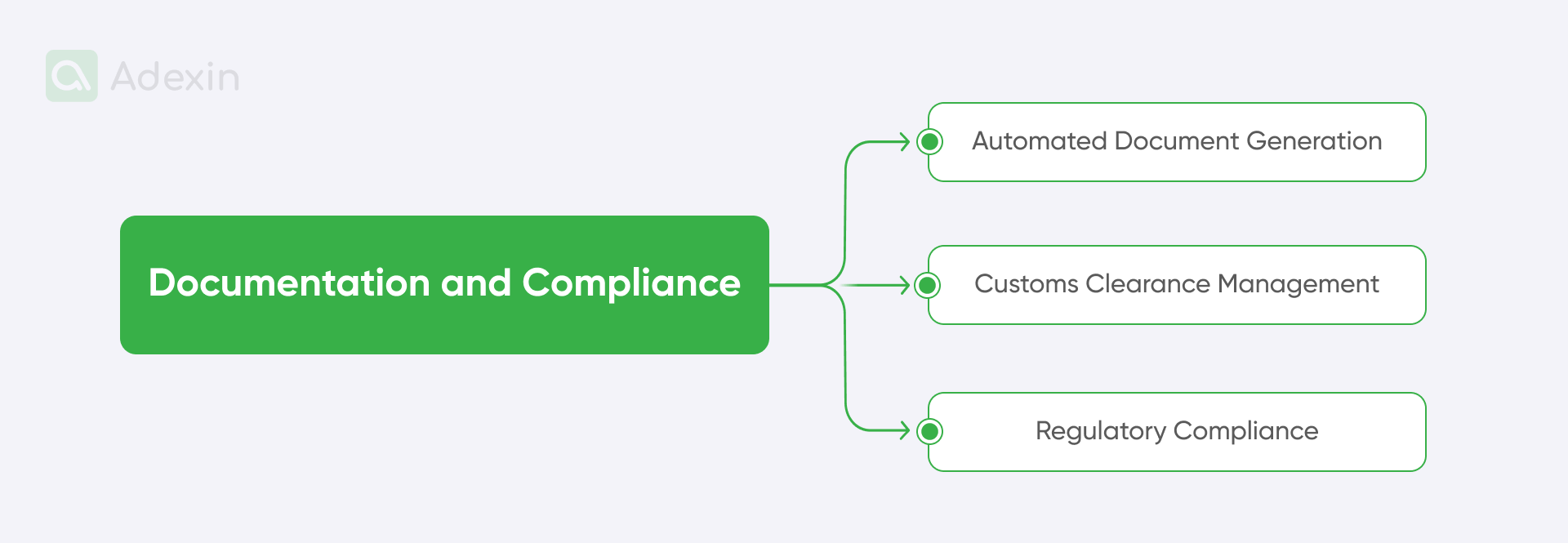
Cost management
The supply chain needs horizontal and vertical cost assessments. Prices frequently change, so it's crucial to know when they vary. Thanks to TMS, you can collect all the data in a single place and make forecasts based on historical data. So, TMS can help with the following operations:
Cost analysis. With TMS, you can analyze transportation costs by carrier, lane, and mode of transport to identify cost-reduction opportunities.
Fuel management. The transportation management system allows seamless fuel consumption monitoring and implementation of fuel-saving strategies. So, when we think about a green transition in transportation, there will definitely be support for green supply chains.
Chargeback management. TMS helps you identify and recover charges for transportation-related expenses, such as detention and demurrage fees.
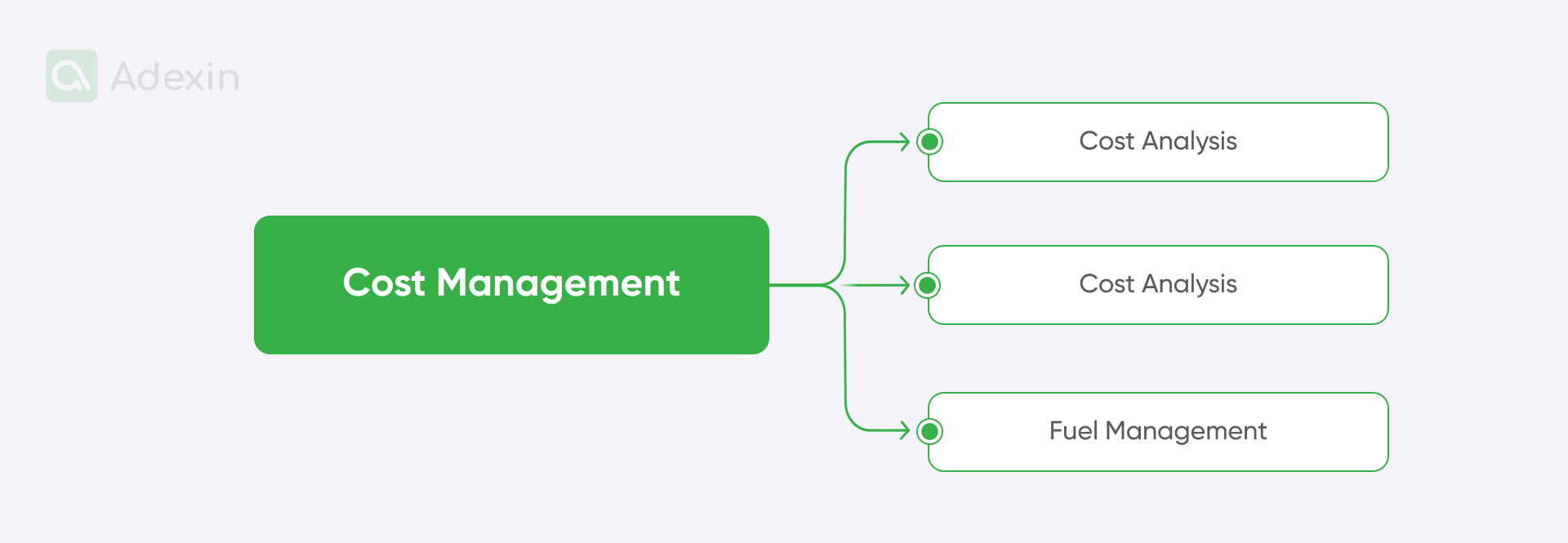
TMS in supply chain management: case study experiences
As you can observe above, we can break down each TMS system into modules. We want to show you that TMS doesn't have to be an off-the-shelf solution, but by basing it on creating integrated modules, you can get transportation management system functionality. We will give two examples of such modules that we have implemented over time for the transport industry in supply chain management.
TMS module: shipping document management platform
We created a digital document management system for shipping company eTEU. This module aims to streamline document processes within a shipping company. By implementing a digital solution, we leverage blockchain technology to ensure security, transparency, and efficiency in document generation. It was a significant improvement in document exchange and tracking. Simlar's solution can be built into a transportation management system for the supply chain.
The main capabilities that we delivered are as follows:
Standardized templates. Pre-approved templates ensure consistency and compliance with industry standards.
Automated generation. Automated document creation based on specific criteria and data input, reducing manual effort and errors.
Secure blockchain storage. Blockchain technology safeguards document integrity and enables transparent document history tracking.
Efficient document sharing. Secure, encrypted sharing of documents with authorized parties.
Real-time tracking. Real-time visibility into document status, from making it to delivery.
TMS module: truck owners assistance application
There is nothing more required in the supply chain than mobile access across all networks. Adexin as a TMS provider faced the challenge of improving the quality of overhead scans captured by truckers using mobile devices for delivery support. The TAS app for truckers wasn't good enough before. The low quality of these scans often led to delays and inefficiencies in third-party payment systems. Here is what we have done, which can be applied as a transportation management system module for mobility in the supply chain:
Document and edge detection. Accurately identify and isolate the document within the image.
Automatic cropping. Removing unnecessary portions of the image to focus on the document.
Perspective transformation. Correcting distortions in the image to ensure accurate representation.
Contrast adjustment. Optimizing image contrast for better readability and clarity.
Black and white conversion. Enhancing document visibility and reducing file size.
Need help with transport management systems development?
We are happy to assist you
Explore moreFinale takeaway
A TMS system is essential for modern supply chain management. By optimizing transportation planning and getting more accurate execution and visibility, you can enable your business with a wide range of benefits. So, you'll reduce costs and increase customer satisfaction at your fingertips. As the supply chain industry evolves, implementing a TMS solution will be a strategic move to stay competitive and prosper in a dynamic market. Whether you have a small fleet of trucks or a big network of stakeholders, consider a modern, custom, and modular TMS system.
If you're ready to improve your supply chain, contact us today. We'll get you closer and show you how our TMS solutions can transform your business. Let's work together to achieve operational excellence and drive sustainable growth.

